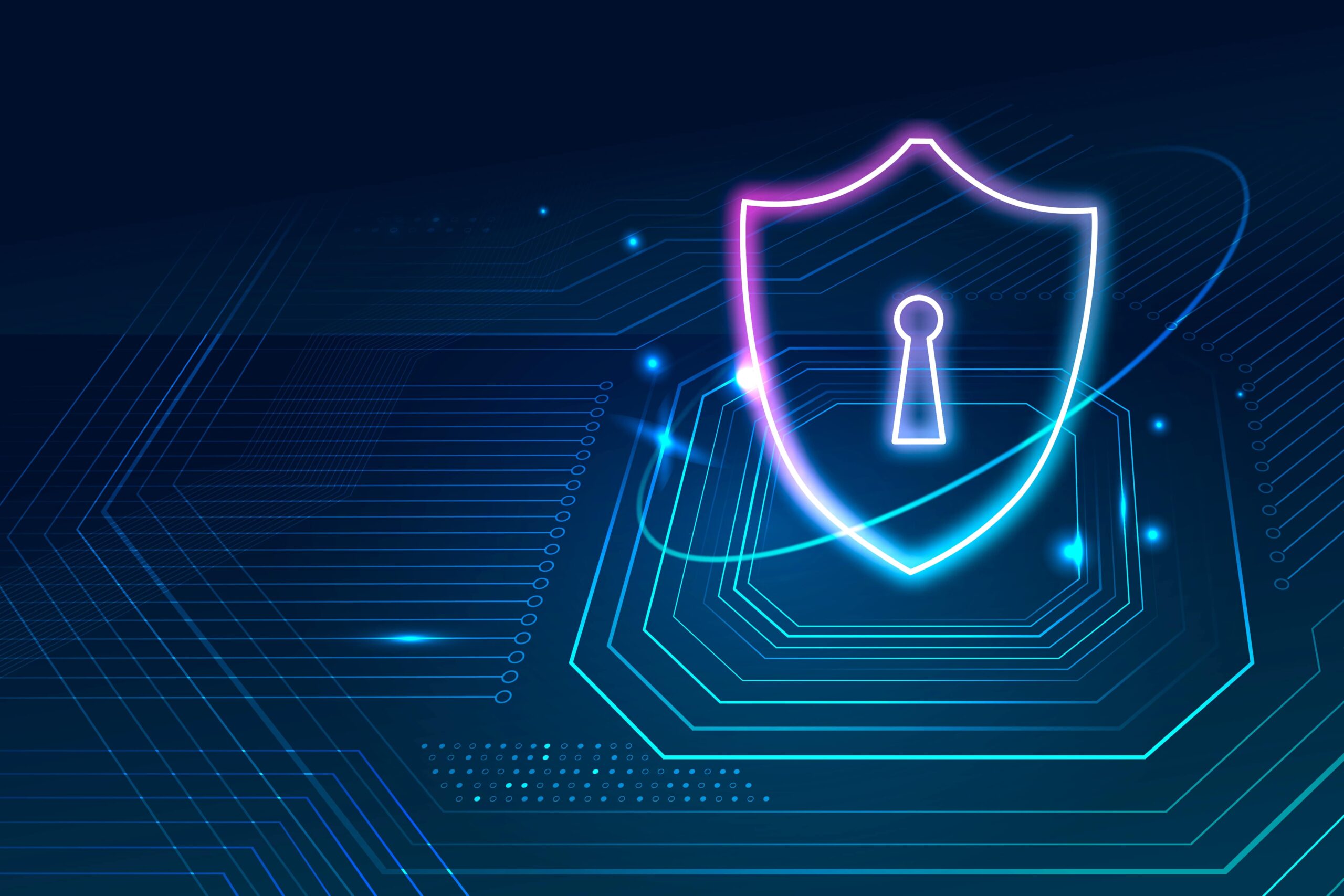In the digital age of today’s connected world, the concept of a secure “perimeter” for your company’s data is fast becoming obsolete. Supply Chain Attacks are the newest kind of cyberattack, which exploits complicated software and services that are used by companies. This article dives into the world of supply chain attacks, looking at the ever-changing threat landscape, your organization’s security risks, and important steps you can take in order to increase your security.
The Domino Effect – How a tiny flaw can cripple your company
Imagine that your organization is not using an open-source library known to have vulnerabilities in security. The data analytics provider on which you heavily rely does. This flaw that appears to be minor could become your Achilles ‘ heel. Hackers exploit this vulnerability, that is found in open-source software to gain access to system of the provider. Hackers have the opportunity to gain access to your business by using a third-party, invisible connection.

This domino effect perfectly illustrates the insidious nature of supply chain attacks. They attack the interconnected ecosystems businesses depend on. Infiltrating systems via vulnerabilities in the software of partners, Open Source libraries, and even Cloud-based Services (SaaS).
Why Are We Vulnerable? What is the SaaS Chain Gang?
In reality, the exact factors which have fuelled the modern digital age – the adoption of SaaS software and the interconnectedness of software ecosystems — have led to the perfect storm of supply chain threats. The ecosystems that are created are so complicated that it is difficult to keep track of all the codes that an organization may interact with even in an indirect way.
Beyond the Firewall The traditional security measures fail
The old-fashioned cybersecurity methods that focused on securing your own systems are no longer enough. Hackers are able to identify the weakest point, and can bypass firewalls and perimeter security to gain access into your network via reliable third-party suppliers.
The Open-Source Surprise There’s a Catch: Not Every Free Code is Created Equal
The huge popularity of open source software presents another vulnerability. Open-source libraries can offer a variety of benefits however their extensive use and possible dependence on volunteers could pose security risks. A single, unpatched security flaw within a library widely used could expose many organizations that are unaware of the vulnerability and have incorporated it into their systems.
The Invisible Athlete: How to Identify a Supply Chain Attack
It can be difficult to spot supply chain breaches due to the nature of their attack. Certain warning signs could raise an alarm. Unusual logins, unusual information processes, or sudden software upgrades from third-party vendors can indicate an unstable ecosystem. A major security breach that affects a large library or service provider might be an indication that your system has been compromised.
Building a Fortress within a Fishbowl: Strategies to Mitigate the Supply Chain Risk
What are the best ways to improve your defenses in order to ward off these hidden threats. Here are a few crucial ways to look at:
Vetting Your Vendors: Implement an extensive process of selecting your vendors that includes assessing their cybersecurity methods.
Mapping your Ecosystem: Create an exhaustive list of all the applications and services you and your business rely on. This covers both indirect and direct dependencies.
Continuous Monitoring: Check all your systems for suspicious activities and track the latest security updates from third-party vendors.
Open Source With Caution: Take care when integrating open source libraries. Prioritize those that have an established reputation and an active community of maintenance.
Transparency is key to building confidence: encourage vendors to take strong security measures and encourage open communication with you regarding possible security risks.
Cybersecurity Future Beyond Perimeter Defense
The increase in supply chain threats requires an overhaul in the way businesses approach cybersecurity. A focus on securing your perimeter is no longer sufficient. Organizations must move towards a more holistic approach, prioritizing collaboration with vendors, increasing transparency within the software ecosystem, and proactively protecting themselves from risks in their digital supply chain. By acknowledging the looming shadow of supply chain attacks and proactively strengthening your defenses so that your business remains secure in an increasingly complicated and interconnected digital world.
